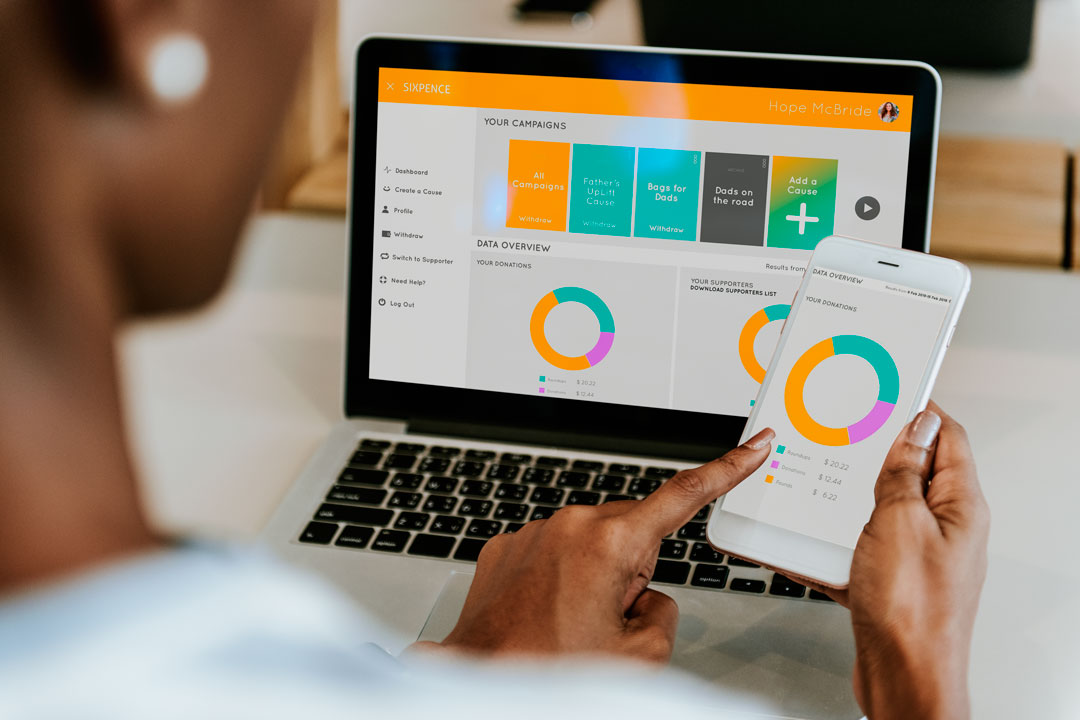On a Mission to Make Fundraising Easy!
Over the past few decades, we’ve seen everything changed by digital technology and the advent of the internet, ranging from private industries such as social networks and online marketplaces to public goods such as healthcare and education. We’re more connected and more socially conscious than ever before, so why do we still rely on decades-old (and sometimes centuries-old!) methods of fundraising?
The Breakdown: Early Digital Innovations
One of the earliest adoptions of fundraising in the digital era was crowdfunding, a service allowing organizations to create causes into which donors could deposit their charitable givings. At the top of this industry sat Kickstarter and GoFundMe, massive platforms offering incentives in exchange for donations up to a specified funding goal. These platforms found massive success, reaching out to both creators and donors across multiple continents through their websites and mobile apps. Unfortunately, traditional crowdfunding had neglected to consider cyclical donations, opting to promote singular, definitive projects through one-time donations rather than ongoing causes.
So How Can Crowdfunding Serve Ongoing Giving?
Enter roundups. Originally a financial technology, or “fintech”, service, roundups began as an investment strategy following the idea of an “electronic rainy day fund.” Daily purchases would be rounded up to the nearest whole dollar, with the difference being deposited into a separate savings account. Over time, fintech apps like Acorns began offering the option to deposit those savings into stock portfolios, helping investors grow steady dividend yields through their spare change.
Since their introduction into the personal finance world, roundups have grown in multiple industries, particularly fundraising. “Roundup at the register” is one of the latest services, allowing customers to roundup via point-of-sales systems right at checkout. This service has been heavily adopted with routine purchase businesses, such as supermarkets, with chain Stop n’ Shop/Giant supermarkets including the feature on their cashier-less checkout systems.
Incorporating roundup tech into daily purchases ensures customers are constantly donating, giving organizations a constant cash flow they can depend on a per month basis.
The daily purchase roundup model is even more common on e-commerce platforms and electronic banking accounts. Most recently, Sixpence has enabled users to connect their credit or debit cards directly to our platform for roundup donations, where users can then direct their funds towards the causes of friends, family, or organizations of their choice, even viewing organizations with causes near the user’s location. Causes include everything from church ministries to school classrooms.
A Common Use Case
Schools in particular benefit from this technology due to the massive support structure of parents and teachers invested in the welfare and development of students. Teachers can create causes through roundups, introduce it to parents, and in turn receive continuous donations through the school year to support everything from new supplies to field trips, while parents can support their child’s education without breaking the bank.
So, while crowdfunding isn't a new technology by any means, it is being used in new ways to completely revolutionize how fundraising is done. Whether it be through campaign sites or roundups, consider using a crowdfunding platform for your next school fundraiser!


